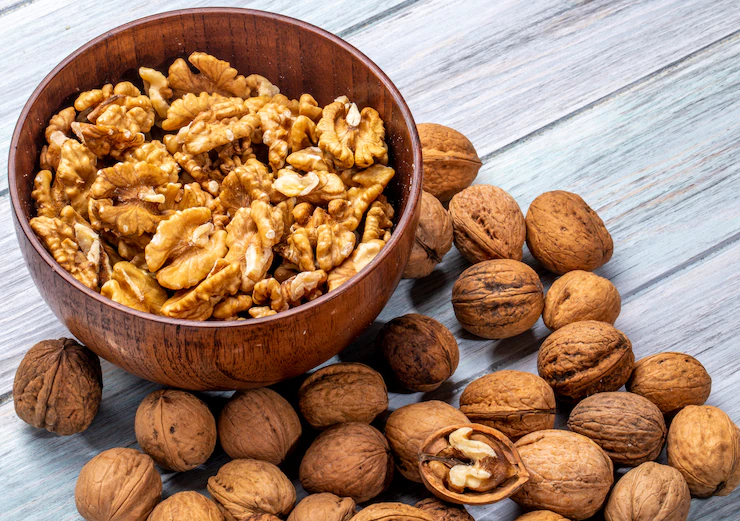When growing walnuts in South Africa, there are several infections and diseases that you should watch out for to ensure the health and productivity of your walnut trees. Here are some common ones:
- Walnut blight (Xanthomonas arboricola pv. juglandis):
This bacterial disease affects walnuts and can cause significant damage. It typically manifests as dark, sunken lesions on leaves, shoots, and nuts. To control walnut blight, it is important to prune infected parts and apply copper-based fungicides during the appropriate periods. - Walnut anthracnose (Colletotrichum spp.):
Anthracnose is a fungal disease that can affect various parts of the walnut tree, including leaves, shoots, and nuts. It causes dark, irregular lesions and can lead to premature defoliation and poor nut quality. Fungicides and proper sanitation practices, such as removing fallen leaves and pruning infected branches, can help manage this disease. - Thousand cankers disease (Geosmithia morbida and Pityophthorus juglandis):
This disease is caused by a fungus and a walnut twig beetle. It can cause branch dieback and tree decline in walnut trees. In South Africa, this disease has not been reported as of my knowledge cutoff date in September 2021. However, it’s essential to stay updated on the latest information from local agricultural authorities or extension services to prevent its introduction or spread. - Root rot (Phytophthora spp.):
Root rot is a fungal disease that affects the roots of walnut trees, leading to poor growth, wilting, and eventual death. It thrives in poorly drained or waterlogged soils. To prevent root rot, ensure proper soil drainage and avoid over-irrigation. Fungicides may also be used in severe cases. - Walnut aphids (Chromaphis juglandicola):
These small insects can infest walnut trees and cause damage by sucking sap from leaves and shoots. Aphids can distort leaves, stunt growth, and transmit viral diseases. Regular monitoring and the use of insecticidal soaps or horticultural oils can help control aphid populations. - Walnut scale (Quadraspidiotus spp.):
Scale insects can infest walnut trees, appearing as small, round or oval-shaped bumps on the bark and branches. They feed on plant sap and excrete honeydew, which can attract ants and sooty mold. Horticultural oils or insecticidal sprays can be used to manage scale infestations.
It’s important to consult with local agricultural extension services, walnut growers’ associations, or agricultural experts in your region for the most up-to-date and region-specific information on diseases and pests affecting walnuts in South Africa. They can provide guidance on preventive measures, appropriate treatments, and integrated pest management strategies tailored to your specific location and growing conditions.
Join 'Farmers Mag' WhatsApp Channel
Get the latest Farming news and tips delivered straight to your WhatsApp
CLICK HERE TO JOIN






